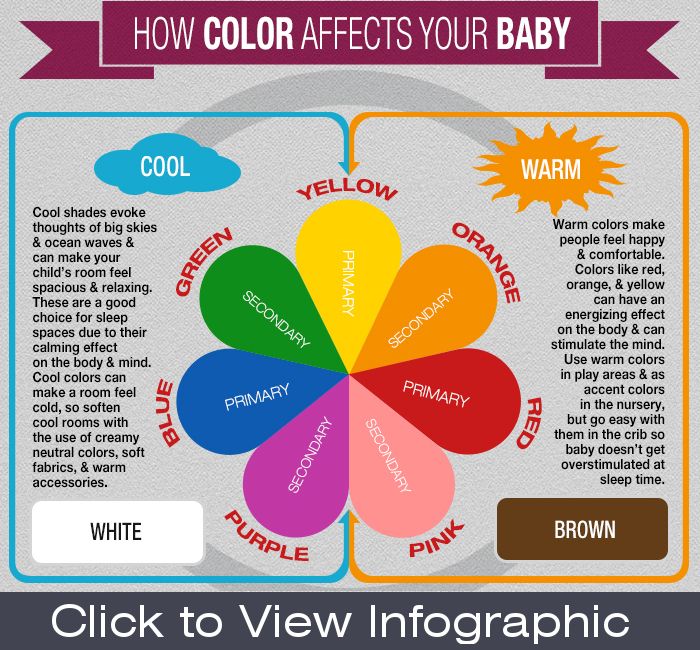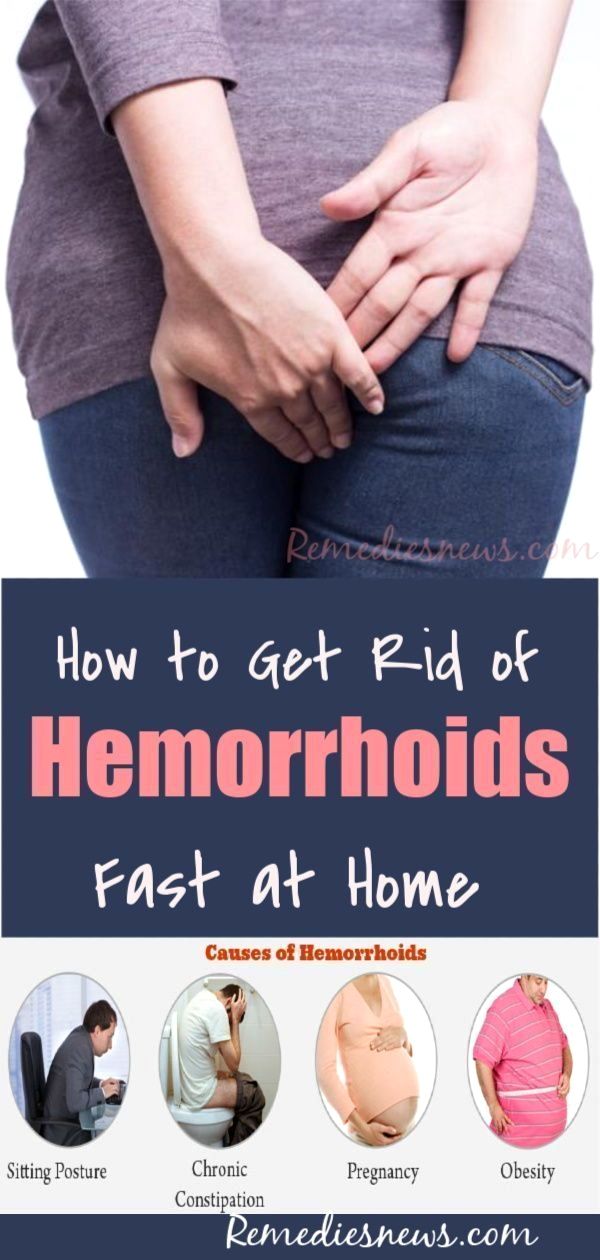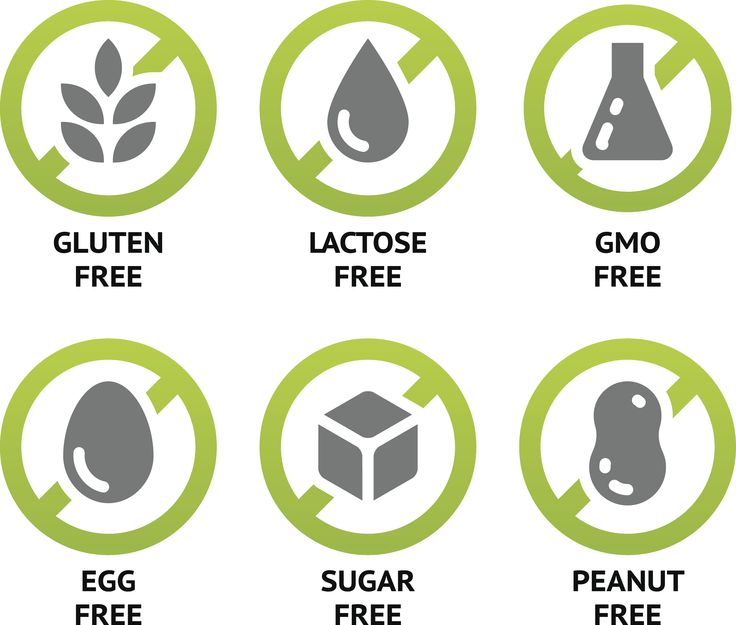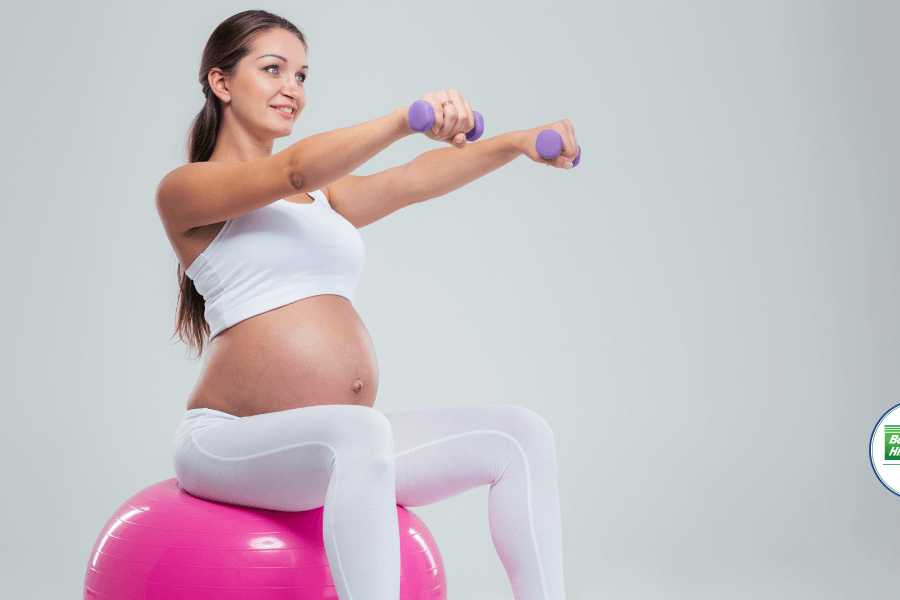Ovulation after birth
How soon can you get pregnant after having a baby?
Myths about postpartum fertility are widespread. From rumors that it is impossible to get pregnant while breastfeeding to beliefs that the body will not get pregnant until it is “ready,” it can be hard to get the facts.
While unlikely, it is possible to get pregnant less than 6 weeks after having a baby. However, it is impossible until a woman ovulates again. The point at which ovulation happens varies from person to person, which means some women could get pregnant earlier than others.
Sometimes, ovulation happens before a period, so it is also possible for a woman to get pregnant before having the first postpartum period.
In this article, learn more about how soon a woman can get pregnant after having a baby, as well as how long to wait, and the possible risks of pregnancies that are too close together.
Share on PinterestMost women resume ovulation between 45 to 94 days after giving birth.Ovulation occurs when an ovary releases an egg for fertilization. If the egg is unfertilized, the body expels the egg, the uterine lining, and blood in a menstrual period. Ovulation must occur for a woman to get pregnant, and regular periods are a sign that a woman has ovulated.
A 2011 review of previous studies found that women ovulate for the first time between 45 to 94 days after giving birth. Most women did not begin ovulating until at least 6 weeks after childbirth, but a few ovulated sooner.
Usually, women who are not breastfeeding ovulate sooner after giving birth than women who do breastfeed.
However, a woman’s first ovulation cycle might occur before she gets her first postpartum period. This means that it is possible for a woman to get pregnant before menstruation begins again.
Pregnancy causes many hormonal shifts, and it takes the body time to get back to normal. For many women, their first few postpartum periods are irregular.
Breastfeeding often prevents ovulation, but this is not always the case. However, women who breastfeed their infants exclusively for 6 months are less likely to ovulate during this time than women who do not breastfeed.
Some women use breastfeeding as a birth control method. Doctors call this the lactational amenorrhea method (LAM). Amenorrhea means a lack of menstruation.
According to the Centers for Disease Control and Prevention (CDC), the following three factors must be present for LAM to have the best chance at preventing pregnancy:
- The baby must be younger than 6 months old. After 6 months, breastfeeding often becomes less frequent, increasing the risk that ovulation will return.
- The mother must be exclusively or almost exclusively breastfeeding. Giving formula or other foods to the baby increases the time between breastfeeding sessions. Breastfeeding on demand with intervals of no more than 4–6 hours between feedings is the most effective strategy.
- The woman’s period must not have returned. While not all menstruating women are fertile, the return of a woman’s period suggests the body is preparing to ovulate.
Research on the effectiveness of the LAM is mixed.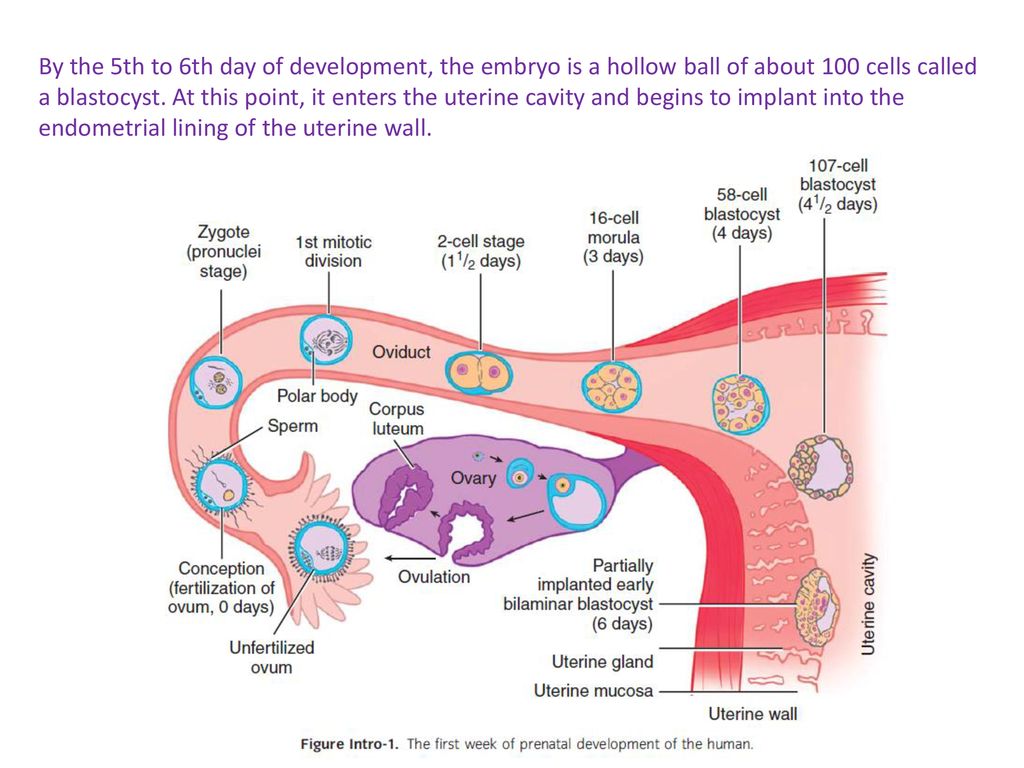 One major challenge of this method is that it is difficult to use correctly. Traveling away from the baby overnight or spending long days at work can create gaps in breastfeeding that make this method less effective.
One major challenge of this method is that it is difficult to use correctly. Traveling away from the baby overnight or spending long days at work can create gaps in breastfeeding that make this method less effective.
According to Planned Parenthood, LAM is about 98 percent effective when people use this method in the first 6 months after the baby is born.
After 6 months postpartum, LAM is less effective. Women who are not considering another pregnancy might think about starting to use another contraceptive method.
Share on PinterestThe World Health Organization advise waiting 24 months before trying for another baby.
Getting pregnant again too soon after giving birth increases the risk of adverse outcomes for both the woman and baby. Recovering from birth takes time, especially if there were complications.
According to the World Health Organization (WHO), the safest option is to wait 24 months before trying for another baby. The charity March of Dimes suggests waiting at least 18 months.
Women who have had a pregnancy loss, stillbirth, hemorrhage, or surgical birth may need to wait longer. Talk to a midwife or doctor for help timing the next pregnancy.
Some women cannot imagine having another baby after giving birth, while others cannot wait to start planning for another.
There is no right or wrong way to feel about getting pregnant after childbirth. But practical considerations — including whether pregnancy might disrupt breastfeeding, and the safety of a pregnancy soon after birth — should play a role in the decision.
Also, recommendations for when it is safe to have sex after giving birth vary. In general, it is best to wait until postpartum bleeding has stopped, pain has disappeared, and a woman wants to have sex.
Consider using the final postpartum doctor’s visit as a chance to discuss birth control options and ask questions about fertility, as well as any concerns about having sex.
Women have many options for preventing pregnancy, including condoms and hormonal contraceptives that are safe to use while breastfeeding.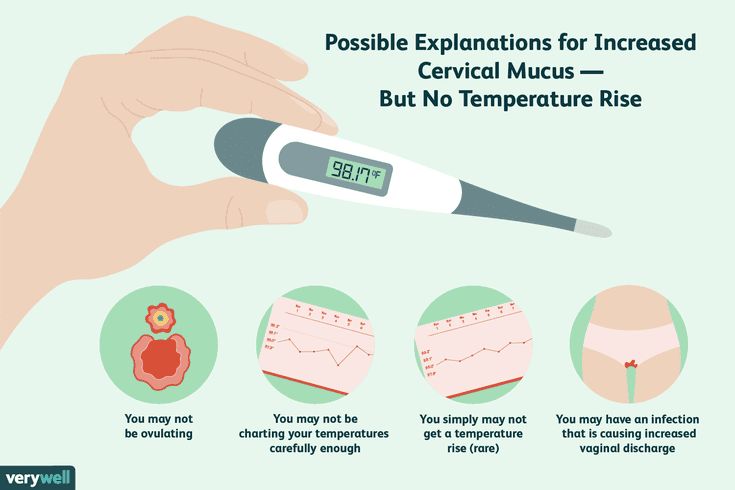 In many cases, the LAM method will be effective for the first 6 months postpartum.
In many cases, the LAM method will be effective for the first 6 months postpartum.
How Soon Can You Get Pregnant: After Having a Baby
How Soon Can You Get Pregnant: After Having a BabyMedically reviewed by Debra Sullivan, Ph.D., MSN, R.N., CNE, COI — By Chaunie Brusie on January 25, 2018
After adjusting the monitor on my patient’s stomach so I could hear the baby’s heartbeat, I pulled up her chart to see her history.
“I see here it says you had your first child… [pause]… nine months ago?” I asked, not being able to hide the surprise from my voice.
“Yes, that’s right,” she said without hesitation. “I planned it that way. I wanted them to be really close in age.”
And close in age they were. According to my patient’s dates, she got pregnant again almost the moment she left the hospital. It was kind of impressive, actually.
As a labor and delivery nurse, I saw the same mothers coming back almost exactly nine months later more often than you would think.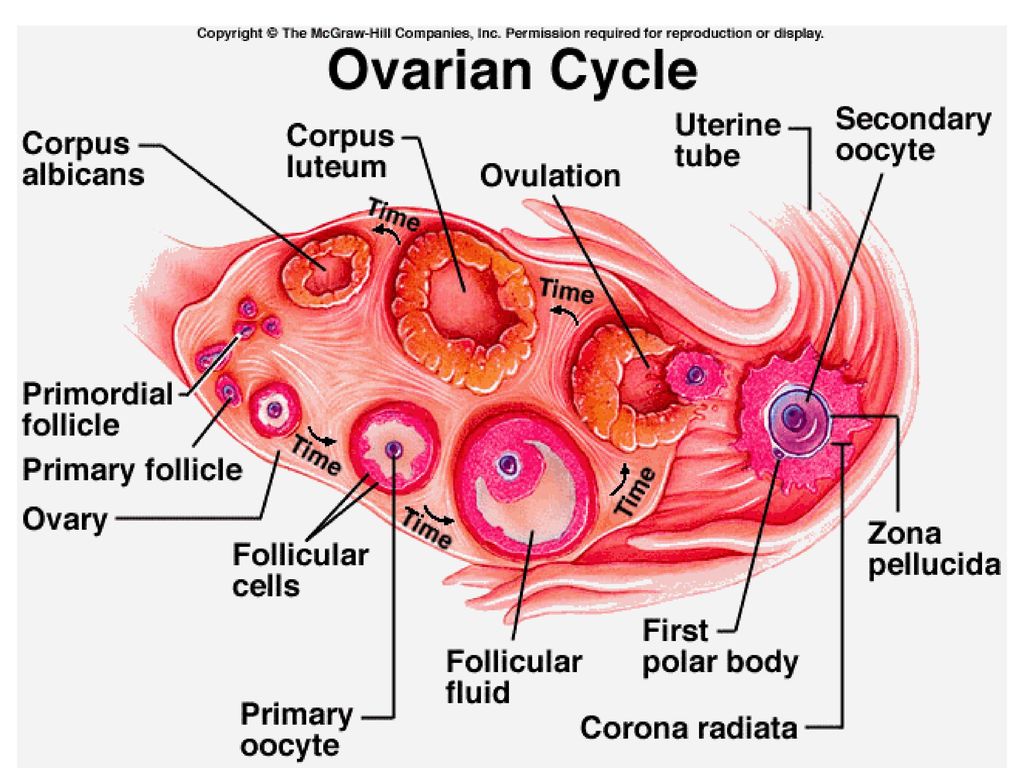
So exactly how easy is it to get pregnant right after you have a baby? Let’s find out.
Breastfeeding, in theory, is supposed to prolong the return of the menstrual cycle, especially in the first six months postpartum. Some women choose to use this as a form of birth control called the lactational amenorrhea method (LAM), assuming that their cycle won’t return while they’re breastfeeding.
But exactly how long breastfeeding can delay the return of fertility varies. It depends how often and regularly a baby nurses, how long the baby will sleep for stretches at a time, and environmental factors, such as:
- sleep disturbances
- sickness
- stress
Every person is different. For example, I didn’t get my period back until eight or nine months postpartum. But one of my friends who also exclusively breastfed got her period at only six weeks postpartum.
Although doctors have confirmed that the delay of the menstrual cycle with breastfeeding can be effective, it’s important to remember that relying on LAM for birth control is most effective if your baby is:
- under 6 months old
- exclusively breastfed: no bottles, pacifiers, or other food
- nursing on demand
- still nursing at night
- nursing at least six times a day
- nursing at least 60 minutes a day
Keep in mind that any fluctuation in the nursing routine, like if your baby sleeps through the night, can cause your cycle to return, too.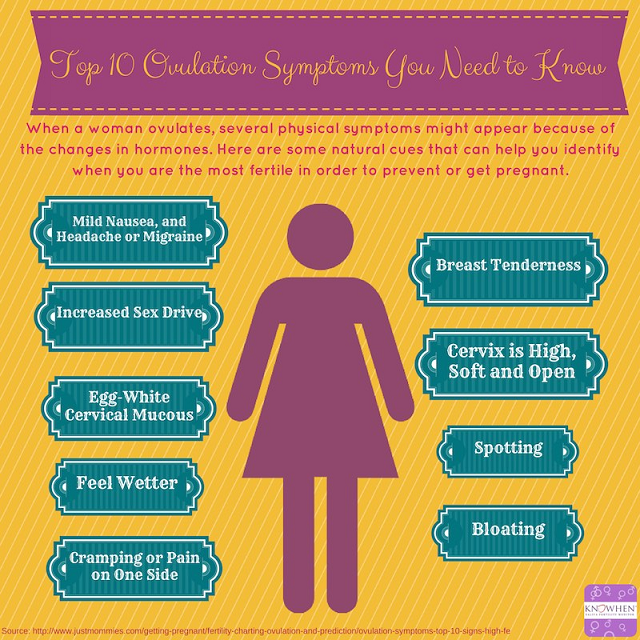 To be safe, don’t rely on exclusive breastfeeding as effective birth control past nine weeks.
To be safe, don’t rely on exclusive breastfeeding as effective birth control past nine weeks.
How soon you’ll get pregnant again depends if you’ll be breastfeeding or not.
Breastfeeding and the hormones that go along with milk production can suppress ovulation from returning.
If you’re not breastfeeding, ovulation usually doesn’t return until at least six weeks postpartum for most women. One review from 2011 found, on average, that ovulation returned for nonlactating women on day 74 postpartum. But the range of when ovulation occurred and if that ovulation was functional ovulation (meaning the woman could actually get pregnant with the ovulation) varied greatly.
A woman will ovulate before her period returns. Because of this, she might miss signs that she’s ovulating if she’s trying to avoid pregnancy. This is how some women can get pregnant without even having their periods back between pregnancies.
Ideally, mothers should wait at least 12 months between pregnancies, according to the U.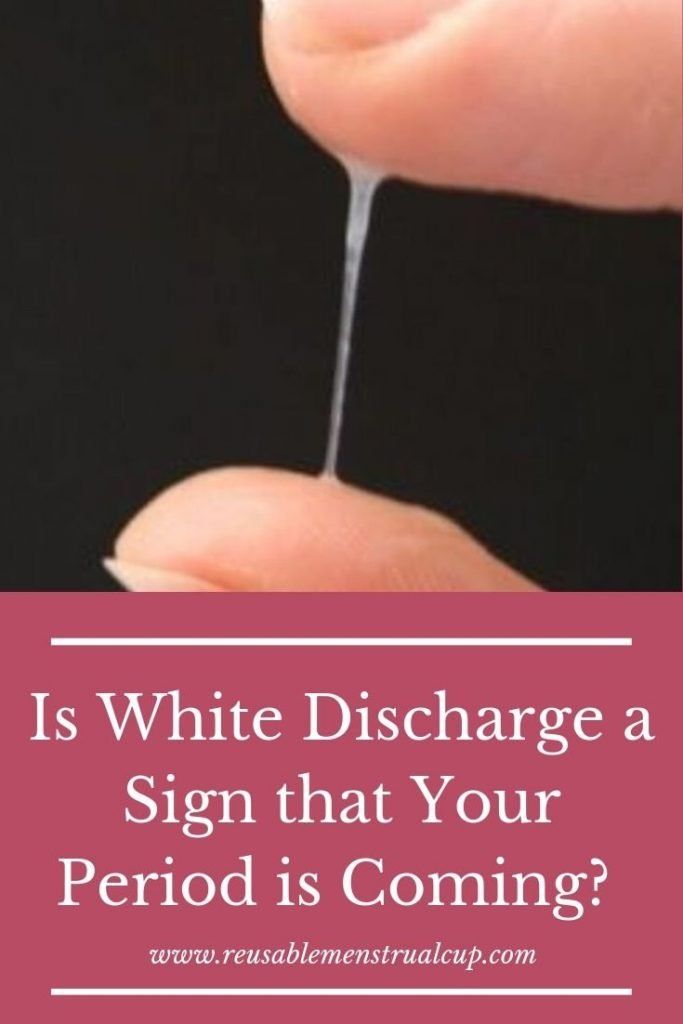 S. Department of Health and Human Services.
S. Department of Health and Human Services.
Research has found that the risk for premature birth or your baby being born with a low birth weight increased for gaps shorter than 6 months, compared to those of 18 to 23 months. Intervals that are too short (under 18 months) and too long (over 60 months) have been associated with negative outcomes for both mom and baby.
In general, most women won’t start ovulating right away after having a baby, but the return of the menstrual cycle ranges widely for women.
Every woman’s personal cycle is different and factors like weight, stress, smoking, breastfeeding, diet, and contraceptive choices will affect the return of fertility.
If you’re planning on avoiding pregnancy, you’ll want to talk to your doctor about family planning options, especially if you’re breastfeeding and aren’t sure when your cycle will return.
Last medically reviewed on January 26, 2018
- Parenthood
- Pregnancy
How we reviewed this article:
Healthline has strict sourcing guidelines and relies on peer-reviewed studies, academic research institutions, and medical associations.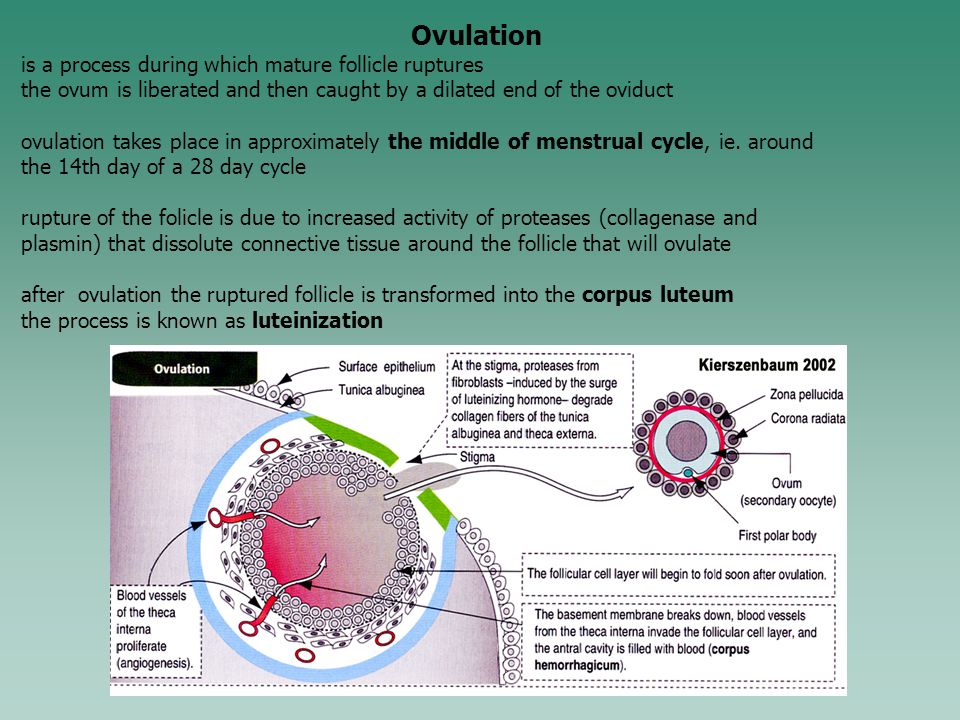 We avoid using tertiary references. You can learn more about how we ensure our content is accurate and current by reading our editorial policy.
We avoid using tertiary references. You can learn more about how we ensure our content is accurate and current by reading our editorial policy.
- Cone-Agudelo A, et al. (2006). Birth spacing and risk of adverse perinatal outcomes: A meta-analysis.
ncbi.nlm.nih.gov/pubmed/16622143 - Copen CE, et al. (2015). Interpregnancy intervals in the United States: Data from the birth certificate and the national survey of family growth.
cdc.gov/nchs/data/nvsr/nvsr64/nvsr64_03.pdf - Foster C. (2006). Breastfeeding and fertility.
llli.org/nb/nbsepoct06p196.html - Getting pregnant again. (2017).
womenshealth.gov/pregnancy/childbirth-beyond/get-pregnant-again.html - Jackson E, et al. (2011). Return of ovulation and menses in postpartum nonlactating women: A systematic review.
ncbi.nlm.nih.gov/pubmed/21343770 - Peterson AE, et al. (2000). Multicenter study of the lactational amenorrhea method (LAM) III: Effectiveness, duration, and satisfaction with reduced client-provider contact.

ncbi.nlm.nih.gov/pubmed/11172792 - Wyss P, et al. (1993). The risk of conception during lactation.
ncbi.nlm.nih.gov/pubmed/8119562
Our experts continually monitor the health and wellness space, and we update our articles when new information becomes available.
Current Version
Jan 26, 2018
Written By
Chaunie Brusie
Edited By
Ginger Wojcik
Medically Reviewed By
Debra Sullivan, PhD, MSN, RN, CNE, COI
Share this article
Medically reviewed by Debra Sullivan, Ph.D., MSN, R.N., CNE, COI — By Chaunie Brusie on January 25, 2018
Spotting and Irregular Periods: Normal While Breast-Feeding?
Which Forms of Birth Control Are Safe to Use While Breastfeeding?
Things to Consider When You’re Choosing Birth Control as a New Parent
- View all
Read this next
Spotting and Irregular Periods: Normal While Breast-Feeding?
Medically reviewed by Karen Gill, M.
 D.
D.It’s normal to have inconsistent cycles when you’re nursing, and you can chalk it up to the same hormones that cause amenorrhea.
READ MORE
Which Forms of Birth Control Are Safe to Use While Breastfeeding?
For some women, breastfeeding can be a viable birth control method. But it isn't your only option. We've got the lowdown on what works.
READ MORE
Things to Consider When You’re Choosing Birth Control as a New Parent
Medically reviewed by Carolyn Kay, M.D.
If you're a new parent, there are many considerations that might influence what type of birth control you choose or whether you want to use birth…
READ MORE
About menstruation after childbirth | Clinic.kg
Menstruation after childbirth
30 June 2019
A healthy pregnancy and delivery of a healthy baby is a reason for a woman to be proud of herself and her health.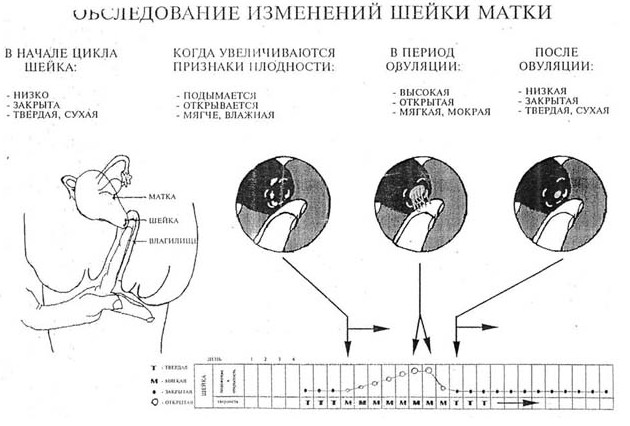 An important topic that worries many women after childbirth is menstruation: when to expect it, why the cycle is irregular, is it possible to get pregnant while breastfeeding, and much more. We will analyze the main issues in our article.
An important topic that worries many women after childbirth is menstruation: when to expect it, why the cycle is irregular, is it possible to get pregnant while breastfeeding, and much more. We will analyze the main issues in our article.
Postpartum discharge
Postpartum profuse discharge in a woman has nothing to do with menstruation - these are lochia, which from bloody become sanious, and then transparent, completely disappearing. After about two months, the uterus and ovaries return to their physiological state and size, which means that the onset of menstrual cycles with the maturation of eggs and menstruation is quite possible. Thus, a woman can expect her first menstruation from the 2-3rd month after childbirth.
When should my period start after childbirth?
This period depends on the type of feeding of the child: natural or artificial. Breast milk is produced under the influence of the pituitary hormone prolactin. The level of estrogen does not increase, therefore, when breastfeeding, menstruation begins, on average, 2 months after childbirth, more often when feeding “by the hour”. But there are times when some nursing women do not have periods for a year, and for some, they can recover in a month and a half after childbirth. On average, the onset of menstruation with breastfeeding varies from 3 months to six months.
The level of estrogen does not increase, therefore, when breastfeeding, menstruation begins, on average, 2 months after childbirth, more often when feeding “by the hour”. But there are times when some nursing women do not have periods for a year, and for some, they can recover in a month and a half after childbirth. On average, the onset of menstruation with breastfeeding varies from 3 months to six months.
How long do periods last after childbirth?
Often the first menstruation is quite heavy. There may be strong discharge, menstruation with blood clots. If you have to change the pad every hour, you should seek help from a doctor: this may be a symptom of bleeding that has begun. Subsequent periods usually become normal. In other cases, in the first months, women have irregular spotting. This is typical for breastfeeding, when prolactin synthesis gradually decreases.
Reasons for the slow recovery of the regular cycle
Each woman has her own individual period for the restoration of the menstrual cycle. This is determined by the activity of the production of hormones of the sex glands, the pituitary gland, the state of the immune and reproductive systems as a whole. There are a number of reasons for this that affect the body in the postpartum period:
This is determined by the activity of the production of hormones of the sex glands, the pituitary gland, the state of the immune and reproductive systems as a whole. There are a number of reasons for this that affect the body in the postpartum period:
- features of the individual hormonal background;
- hereditary factors;
- the nature of the birth process;
- features of the restoration of the uterus.
What to do if the menstrual cycle has become irregular:
- In the first months of the postpartum recovery period, do not panic. In most cases, this is the norm. For each woman, the normalization of the cycle occurs individually, usually during the first months of the resumption of menstrual bleeding. Irregularity is more common in nursing mothers.
- It takes about 2 months to restore the normal function of all organs and systems. Balance in the endocrine system comes later, especially if breastfeeding is used.
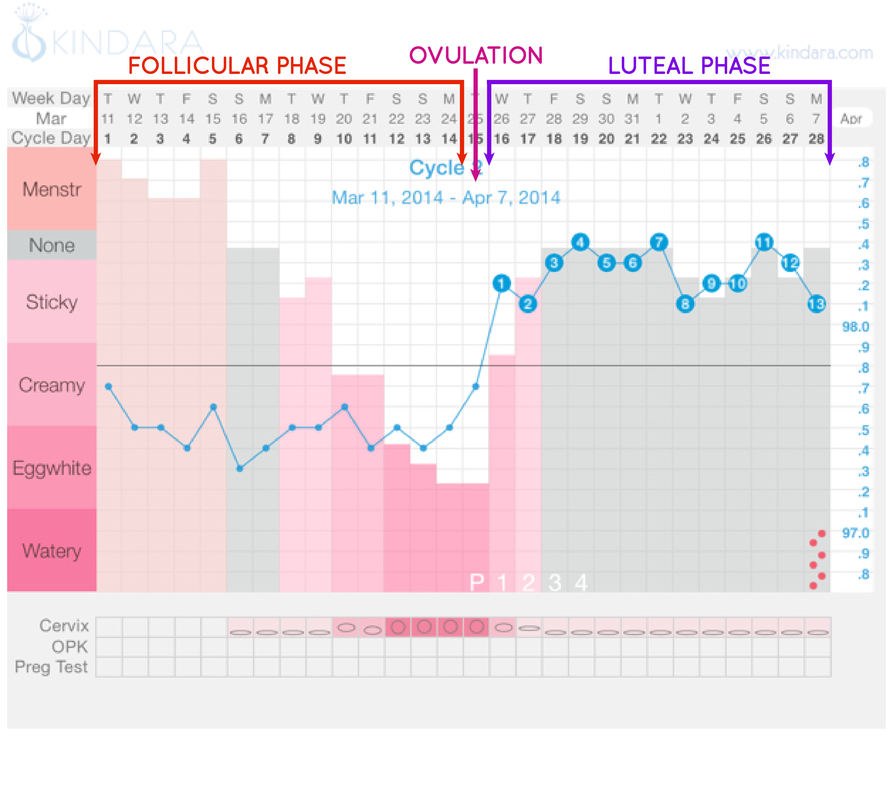 Therefore, a woman can feel completely healthy, but she will not have a period.
Therefore, a woman can feel completely healthy, but she will not have a period.
- Notice the irregular cycle only after 3 cycles. This may be due to an inflammatory process, endometriosis or a tumor of the genital organs. A delay in the second period is not dangerous, unless it is associated with a second pregnancy.
Menstruation after caesarean section
Menstruation after caesarean section is restored in the same way as after normal delivery. During lactation, periods do not come for six months. Against the background of artificial feeding from the maternity hospital due to the lack of nipple stimulation (which activates the synthesis of oxytocin, which contracts the uterus), recovery may be somewhat slower, plus there is still a scar on the uterus. Therefore, the restoration of menstrual function may occur a little later, for several weeks.
Cycle after a pathological course of pregnancy or childbirth
After termination of a miscarriage or abortion, the first menstruation occurs within 45 days.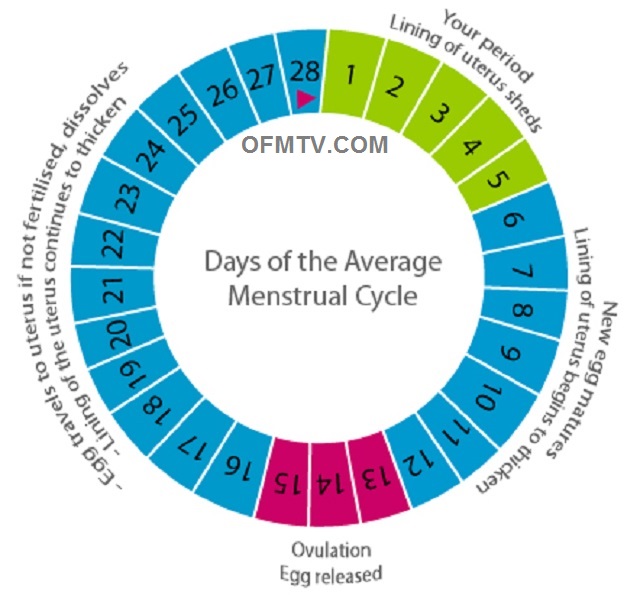 If this does not happen, the woman should seek help from a gynecologist. To exclude such causes of amenorrhea as the remaining part of the fetal egg in the uterus or inflammation, 10 days after the termination of a frozen or normal pregnancy, an ultrasound scan is necessary.
If this does not happen, the woman should seek help from a gynecologist. To exclude such causes of amenorrhea as the remaining part of the fetal egg in the uterus or inflammation, 10 days after the termination of a frozen or normal pregnancy, an ultrasound scan is necessary.
Pathologies of menstruation, what to pay attention to and immediately contact a specialist:
- Sudden cessation of postpartum discharge is a sign of a bending of the uterus or endometritis, accumulation of lochia in the uterine cavity - lochiometers.
- Scanty periods for 3 or more cycles. Perhaps they are a symptom of hormonal disorders, Sheehan's syndrome or endometritis.
- Irregularity of menstruation six months after its restoration, a break between bloody discharge for more than 3 months. Most often associated with ovarian pathology.
- Excessive bleeding for 2 or more cycles, especially after a surgical delivery or abortion. They are often caused by the tissues of the membranes remaining on the walls of the uterus.
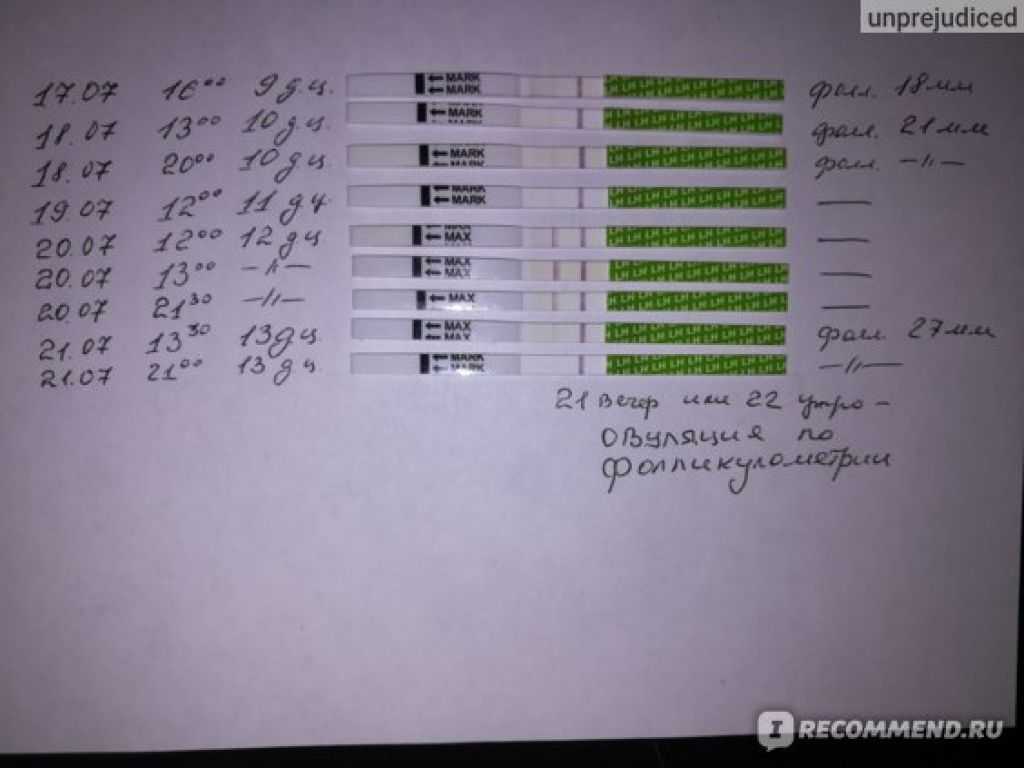
- The duration of menstruation is more than a week, which is accompanied by weakness, dizziness.
- Abdominal pain, fever, foul smell, discoloration of vaginal discharge - a sign of a tumor or infection.
- Spotting before and after menstruation is a likely symptom of endometriosis or an inflammatory disease.
- Itching in the vagina, an admixture of curdled discharge is a sign of thrush.
- Bleeding twice a month for more than 3 cycles.
Is it possible to get pregnant?
The most common myth is that a woman cannot get pregnant if she is breastfeeding a baby. The fact is that the process of ovulation - the first after childbirth, is formed before the onset of the first spotting, and it is she who, with unprotected intercourse, can lead to an unplanned pregnancy, and a woman will give birth to the weather. If a woman does not feed, it is necessary to think about protection after childbirth immediately, from the very first sexual contact, since the dynamics of the restoration of reproductive functions is different for everyone, after 6-8 weeks from the moment of birth, the first ovulation is possible.
Remember that a long delay in menstruation after childbirth or a cycle failure are not always symptoms of dangerous disorders, but in any case it is undesirable to self-medicate. For any questions and problems that arise with the reproductive system, please contact our specialists for advice.
Postpartum contraception - articles from the specialists of the clinic "Mother and Child"
Bondar Zoya Mikhailovna
Pediatrician
Clinic "Mother and Child" Kuntsevo,
making a choice
Let's start with the fact that the first four to six weeks after birth, obstetrician-gynecologists advise to abstain from sexual relations. At this time, the uterus has not yet completely contracted, the wound surface in it has not completely healed, blood discharges are constantly going on, which means that there is a risk of introducing some kind of infection into the uterus. Therefore, it is worth waiting until the woman's health returns to normal, and only then return to sex.
Well, which method of contraception to choose will depend primarily on whether the mother is breastfeeding. If the baby is bottle-fed, a woman can use any of the contraceptives that suit her. If the mother is breastfeeding, then she should choose only those contraceptives that do not penetrate into breast milk and, therefore, do not affect the health of the baby.
natural contraception
The simplest method of contraception is provided by nature itself. As it turned out, while breastfeeding a woman, as a rule, pregnancy does not occur. The fact is that after childbirth, the hormone prolactin is produced in the female body. This hormone stimulates the production of milk and at the same time suppresses ovulation. However, all those who intend to use this method should take into account several important points. Firstly, the effectiveness of this method is maximum when feeding on demand with interruptions of no more than 4 hours during the day and 6 hours at night. That is, you need to feed at least 7-8 times a day. Secondly, you can use this method of contraception only before the onset of menstruation. Thirdly, in the event of lactation crises, additional means of protection are required.
That is, you need to feed at least 7-8 times a day. Secondly, you can use this method of contraception only before the onset of menstruation. Thirdly, in the event of lactation crises, additional means of protection are required.
creating a barrier
The so-called barrier method of contraception is the most common of all methods of contraception. Its essence is to create an obstacle on the way of spermatozoa to the egg. And the simplest type of barrier contraception is a condom. It is available, easy to use, does not affect the lactation and health of the child in any way, and most importantly, you can use it at any time, that is, as soon as you “want”. In addition, most modern "rubber products" are additionally treated with special spermicides and lubricants, which virtually eliminates discomfort during sexual intercourse. But the condom also has a minus - it is not very reliable (it can break), and men do not always like the condom.
we inhibit spermatozoa
This method of contraception is based on the local use of spermicides - special chemicals that kill spermatozoa.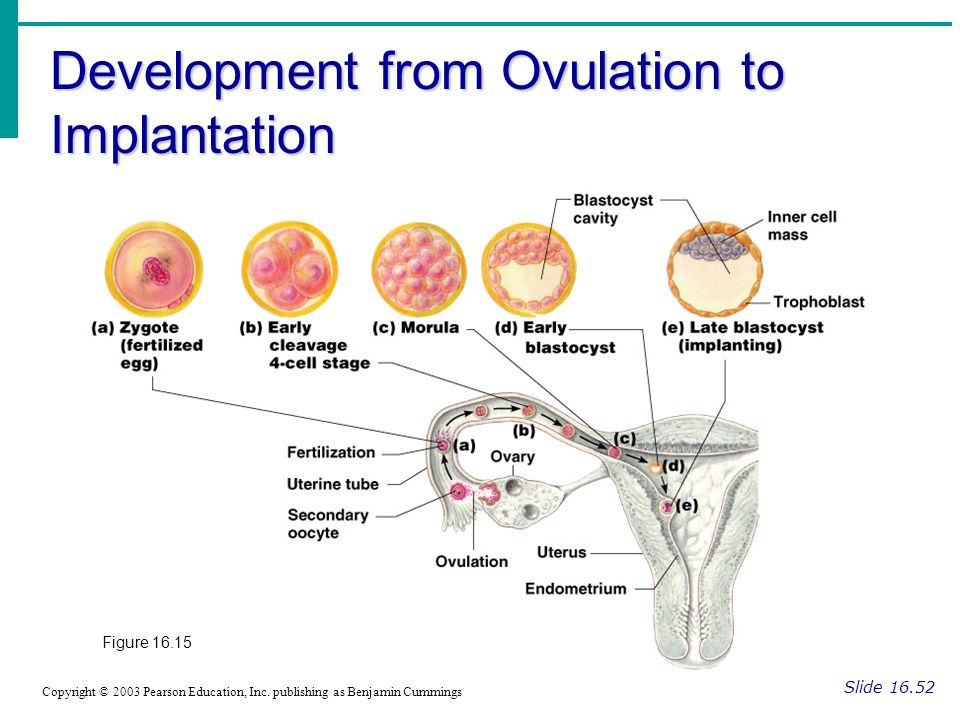 They are produced in the form of creams, suppositories, vaginal tablets, so that a woman always has a choice of which spermicide she prefers. Spermicides are absolutely safe for health, they can be used immediately after childbirth and, most importantly, during breastfeeding. Another advantage of spermicides is that they are very easy to use: immediately before sexual intercourse, the drug is simply injected into the vagina. They also have additional bonuses - spermicides not only protect against unwanted pregnancy, but also protect against some sexually transmitted infections. The only thing is that, as with any medical product, there can be an allergy to spermicides.
They are produced in the form of creams, suppositories, vaginal tablets, so that a woman always has a choice of which spermicide she prefers. Spermicides are absolutely safe for health, they can be used immediately after childbirth and, most importantly, during breastfeeding. Another advantage of spermicides is that they are very easy to use: immediately before sexual intercourse, the drug is simply injected into the vagina. They also have additional bonuses - spermicides not only protect against unwanted pregnancy, but also protect against some sexually transmitted infections. The only thing is that, as with any medical product, there can be an allergy to spermicides.
we select pills
Almost all women have heard about hormonal contraceptive pills (oral contraceptives - OK), and many took them before pregnancy. Is it possible to use them now, after the birth of a child? If the mother is not breastfeeding, then OK can be used from the beginning of the first menstruation after childbirth.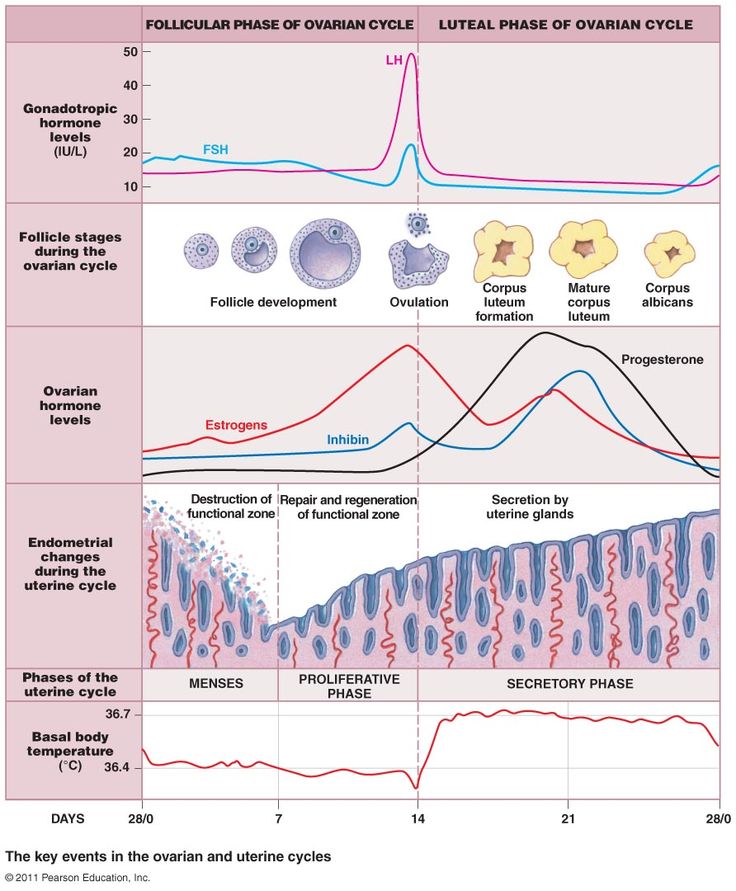 If the mother is breastfeeding, she can also use oral contraceptives, but not all. During lactation, the so-called combined preparations, which include an estrogen component and gestagens, are contraindicated. But you can take pills that contain only progestogen (they are also called mini-pills). Progestin preparations do not affect the quality of breast milk and the duration of lactation. True, taking these pills will require a certain discipline from a woman - skipping a pill can lead to side effects and reduce the contraceptive effect. The disadvantage of hormonal contraception is that it has many contraindications and side effects.
If the mother is breastfeeding, she can also use oral contraceptives, but not all. During lactation, the so-called combined preparations, which include an estrogen component and gestagens, are contraindicated. But you can take pills that contain only progestogen (they are also called mini-pills). Progestin preparations do not affect the quality of breast milk and the duration of lactation. True, taking these pills will require a certain discipline from a woman - skipping a pill can lead to side effects and reduce the contraceptive effect. The disadvantage of hormonal contraception is that it has many contraindications and side effects.
unreliable methods
Highest efficiency with hormonal methods of contraception (up to 99%), about 98% - with the lactational amenorrhea method (if all rules are followed), up to 95% - with spermicides, followed by a condom - 86 - 96% (when used correctly). But such common methods of contraception as coitus interruptus and the so-called calendar method, the effectiveness is very low - about 40-50%. With interrupted sexual intercourse, everything is clear: there are never guarantees that a man will “have time”, the same is with the calendar method. It is based on the fact that a woman approximately determines the day of ovulation and counts "dangerous days", but after childbirth, when the mother is breastfeeding or even if she stopped feeding, it is very difficult to set the ovulation date, but it is very difficult to make a mistake - , on the contrary, is easy. And even with an already regular menstrual cycle, there is always a chance that it is in this month that ovulation will shift and the calculations will be incorrect.
With interrupted sexual intercourse, everything is clear: there are never guarantees that a man will “have time”, the same is with the calendar method. It is based on the fact that a woman approximately determines the day of ovulation and counts "dangerous days", but after childbirth, when the mother is breastfeeding or even if she stopped feeding, it is very difficult to set the ovulation date, but it is very difficult to make a mistake - , on the contrary, is easy. And even with an already regular menstrual cycle, there is always a chance that it is in this month that ovulation will shift and the calculations will be incorrect.
Each woman is individual, therefore there is no single, best contraceptive, and here one should be guided not by the advertising of pharmaceutical companies or the advice of friends, but by the state of one's own health, family situation and doctor's recommendations.
- the method of natural, "natural" contraception works only if the interval between daytime breastfeeding is no more than 3-4 hours, and between night - no more than 6.


